In Conversation: Ken MacKenzie
Designer Ken MacKenzie has been wrestling with the concept of time when it comes to his artistic process: Is having a longer workshop and rehearsal period more productive, or does that lead to overthinking things? Do decisions that need to get made fast have a different quality or energy? Is there a difference in how this process unfolds in institutions vs. indie theatre?
In the lead-up to Animal Farm at Soulpepper, which Ken designed, we spoke to him about these questions and how they have affected his work.
The trap of time
In creative situations, sometimes we have a long time to sit with things we’re dealing with, but sometimes we have to make decisions really quickly. At times the decisions made quickly tend to have a different quality, a gesture that can be harder to recapture if you spend too much time on it or overthink things.
Leaving space for the actors
In all decisions about how we costume actors and tell stories, we want to make sure that, in the [rehearsal] room, there’s enough space for the actors to invent stuff and have that moment of discovery, where they realize: Oh, this is the way to articulate this character.
The discoveries they make are impossible to know in the planning stage. They’re going to do things that you never would have imagined and be so much smarter about who the characters are and how to show that to an audience.
How the Animal Farm text influenced the design process
In the novel, there are rules as to what an animal can and can’t do. One of the main rules is: four legs are good, two legs are bad. Another one is: an animal shall not wear clothes. So does that mean that we have to costume the animals in a way that just looks like it’s skin of some kind? Does it mean the actors need to be on all fours in some way?
I didn’t want to put a costume on the actors that would dictate how they move and how they behave. I wanted to make sure there was a lot of room for them to figure out who this animal was. That means being really present in the rehearsal hall, having conversations and not just doing a drawing beforehand and then handing it off to wardrobe saying, “Make this.” It means really hearing what the actors are interested in doing.

Ken’s early Animal Farm costume sketches
How Trump’s election changed Ken’s Angels in America set at the Arts Club
[Director] Kim Collier and I would meet for eight hours at a time, sit down and talk through things. We really thought about what we were proposing and what it meant to each scene. We’d done that for a long time and come up with this idea for a set. And then a night or two after the American election, she said to me, “I had this thought that we really need to engage with what’s happened.”There are lots of reasons in particular why with Angels you’d want to do that, like Roy Cohn and his connections to Donald Trump. But, more broadly, just the idea of the way people look after one another. And where the soul of the United States is. Those were big questions of the moment. So Kim said, “I think it’s important to really put this in the context of democracy and American democracy in particular. I think of the Washington Monument or the Lincoln Memorial, things like that.”
I got really excited by that idea. [It was a huge change, and] our timeline was really tight and we were really far down the road with what the set was supposed to be. But I said, “Let me mock up a model and do some drawings really quickly and we’ll talk tomorrow.” We both liked the rough model. And while we had been really excited about what we were proposing before, we felt like [the change] was the right choice, that what we were addressing was more immediate.

Angels in America set. Top left: Early model, pre-election. Bottom left: Revised model, post-election. Right: Final set. All photos courtesy of Ken MacKenzie
The liberation that comes from making a huge change
I think I’ve always known that the opposite of any given [artistic choice] has an inherent value, like there’s some truth in it. I’ve had the personal experience of feeling like I was doing something wrong—which I don’t think I was—but then making a 180° change on a design and realizing that it actually made more sense. It re-contextualizes everything, and suddenly things became way clearer.
I’m willing to bet there’s something on every project that you’ve made a decision about early on, and that you maybe take for granted for the rest of the time you’re working on it. But really, if you put it under the microscope, you discover that it might not be the thing you assumed it was. The question, “What is the opposite thing that we’re not doing in this moment, and can it help us?” feels more vital to me than it did in the past.

Animal Farm workshop costume
The virtues of indie theatre
With indie shows, my personal preference is to embrace a bit more of a rock ’n’ roll aesthetic: let’s just make a choice and run with it. Let’s be bold about it and not think about it too much, but let’s find an energy we can push in this show. That’s why in some indie shows there’s a vibe that you just don’t see in bigger shows, there’s an energy in the small scale and in the excitement of doing that particular story or the way that it’s told. It feels like it’s breaking some rules. It’s so immediate. It engages everybody just as much, or maybe more so, than a really finely crafted set.
[A high] production value can be trumped by that kind of energy. I think no matter what, whether it’s indie theatre or more institutional theatre, that kind of energy is pretty rare. But it comes from sense of experimentation, an excitement from performers and production that vibrates out. I wish I knew what the formula was to make sure that was in every show.
Ken’s Animal Farm costume paintings
How the energy shifts when you have more time
There are so many companies that are a little bit punk in that they do want to tear the system down a little bit. We don’t find that as much at a place like Soulpepper or Canadian Stage. There are schedules you need to accommodate. And there are production people who have deadlines. Some of that energy, some of that devil-may- care attitude, isn’t always there. [And] I don’t know that you can ever capture it fully. The bigger the organization, the harder it is to do that.
I don’t mean to make that an institutional issue. It’s something I’m wrestling with. I think with a longer-term schedule, and the way I deal with bigger shows, has more to do with respecting everybody’s time, being as organized as possible. Something about the spirit of creation is different.
At Soulpepper, I have a job to do, and I feel quite supported. I know when I hand off drawings to somebody that they will make those drawings. That’s pretty rare in the independent world, that you can hand off drawings to anybody. You probably have to build it yourself.
It’s all about the people in the room
I do think that whatever that formula thing is, it has a lot to do with the people who are in the room. I love a lot of the directors that I work with because they surprise me so much with the way they think about shows. To be challenged by that, by a new thought around a show, it keeps me really engaged. A lot of that is collaboration. It’s such an important thing for any designer. It’s funny because you spend so much time on your own, doing drawings or building designs, but it all seems to hinge on the people you’re working with.
Animal Farm, with set, costume, and video design by Ken MacKenzie, is on at Soulpepper from March 9 to April 7.
For tickets or more information, click here

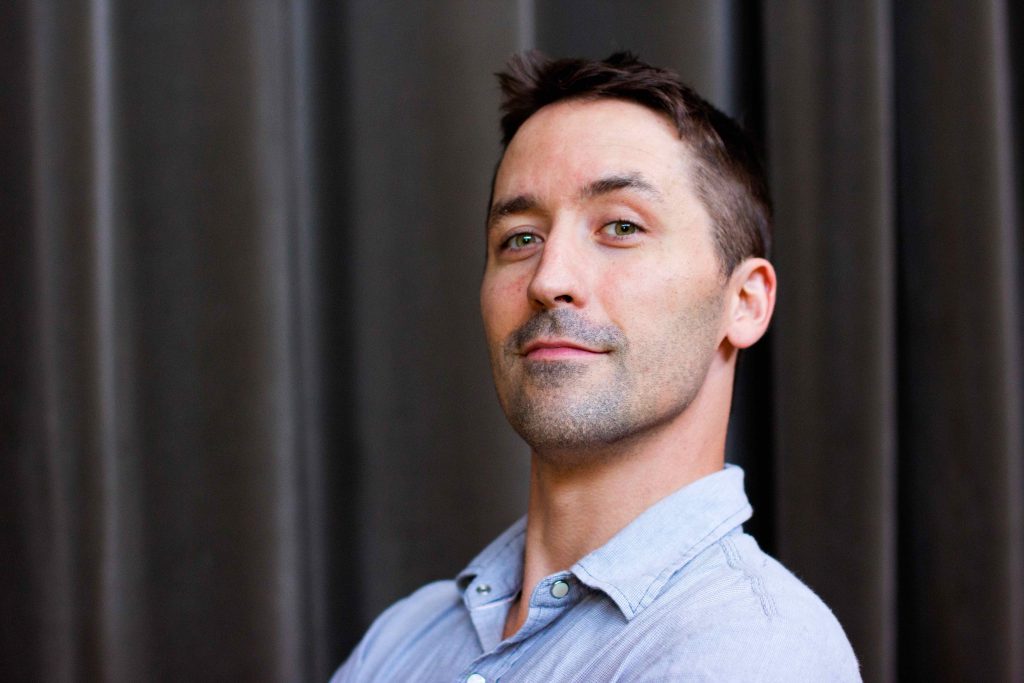
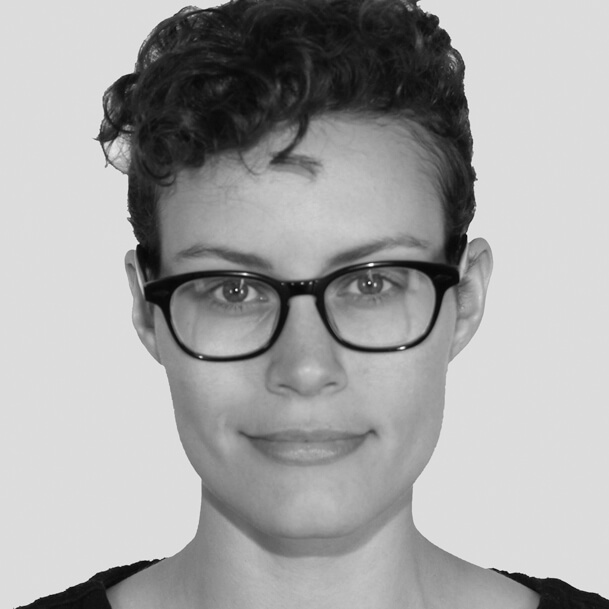



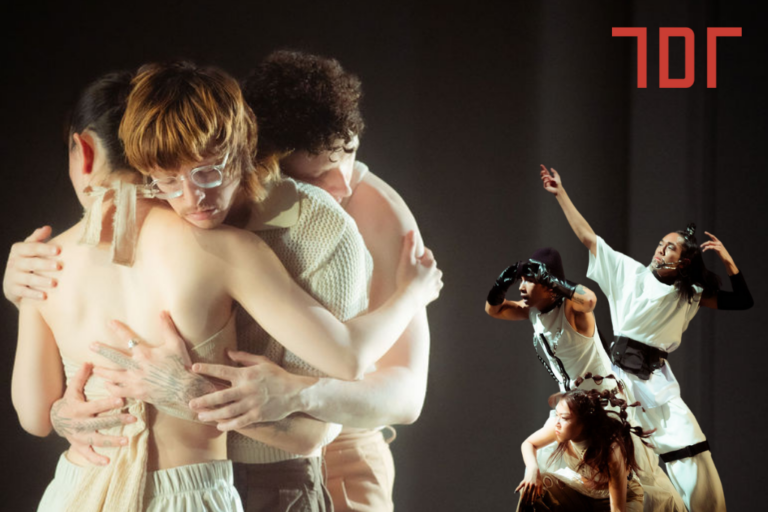
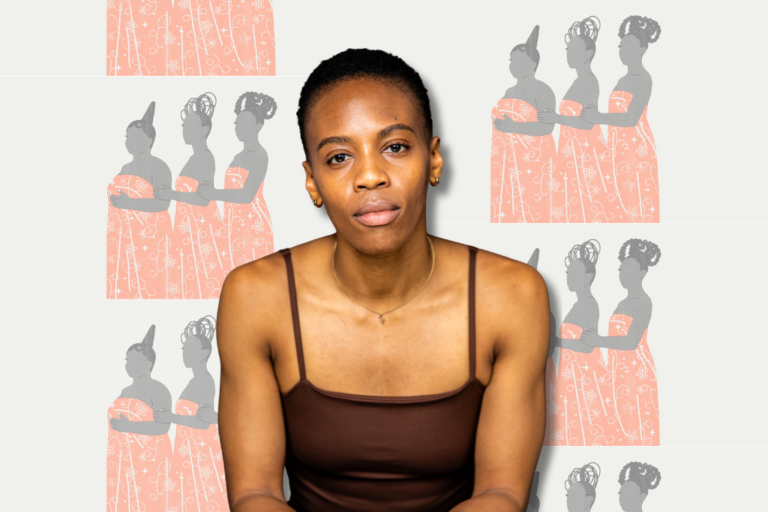
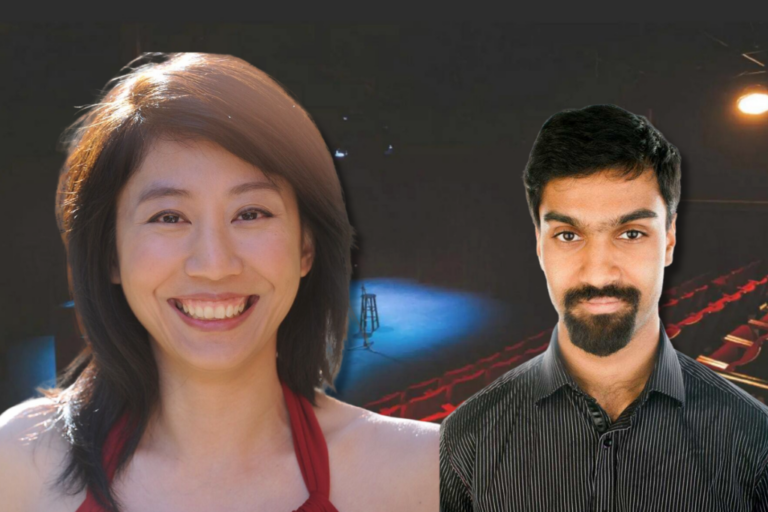
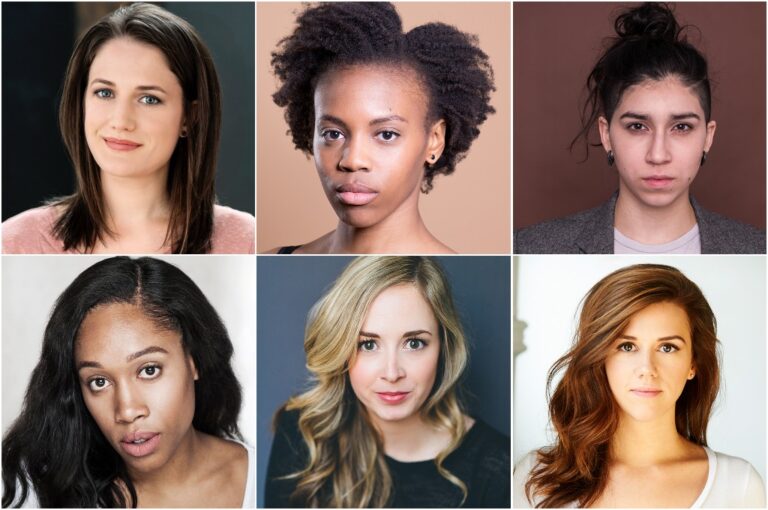
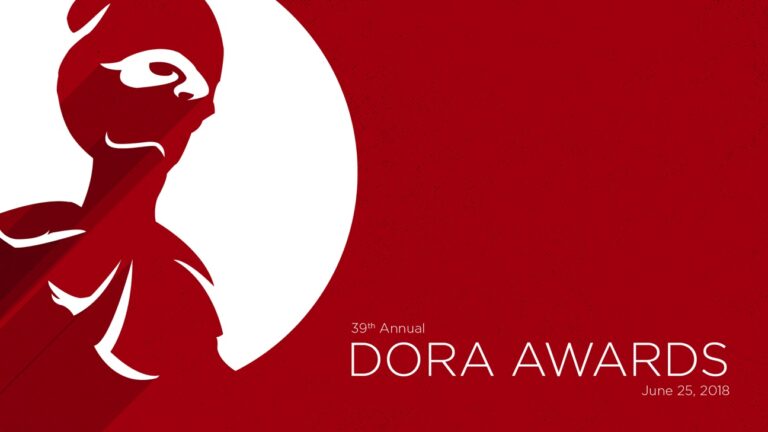
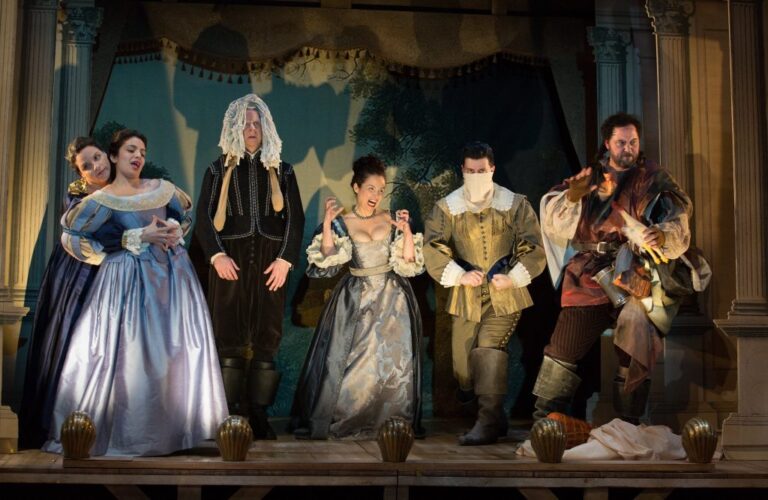

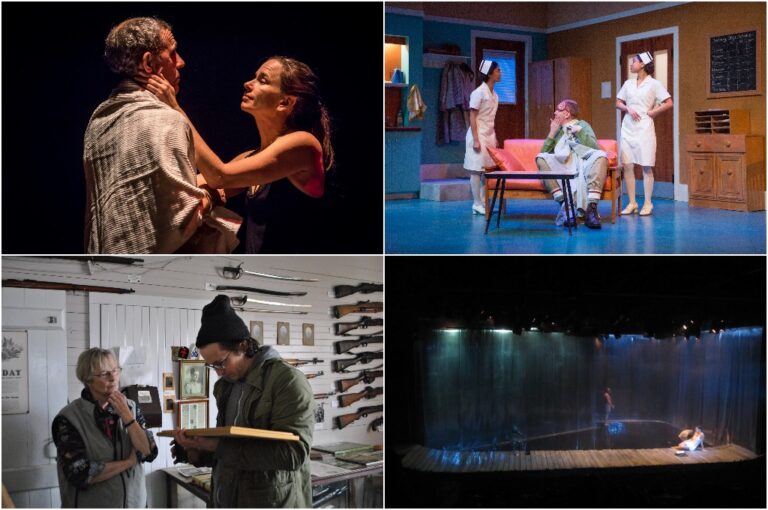
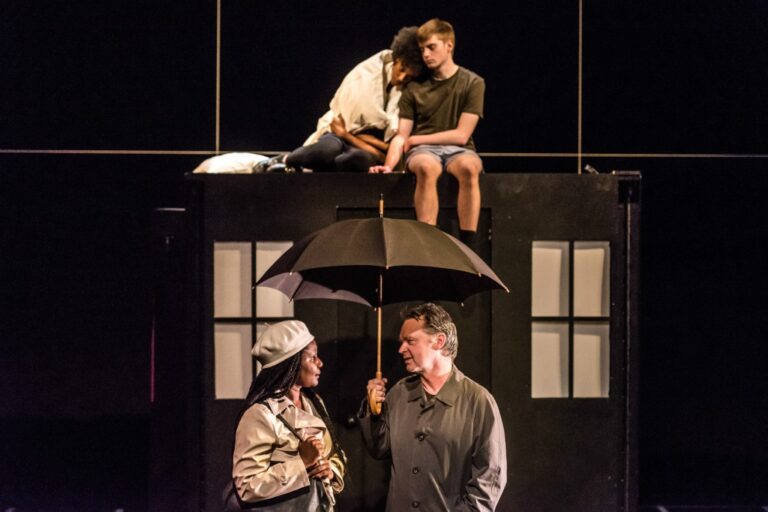
Comments